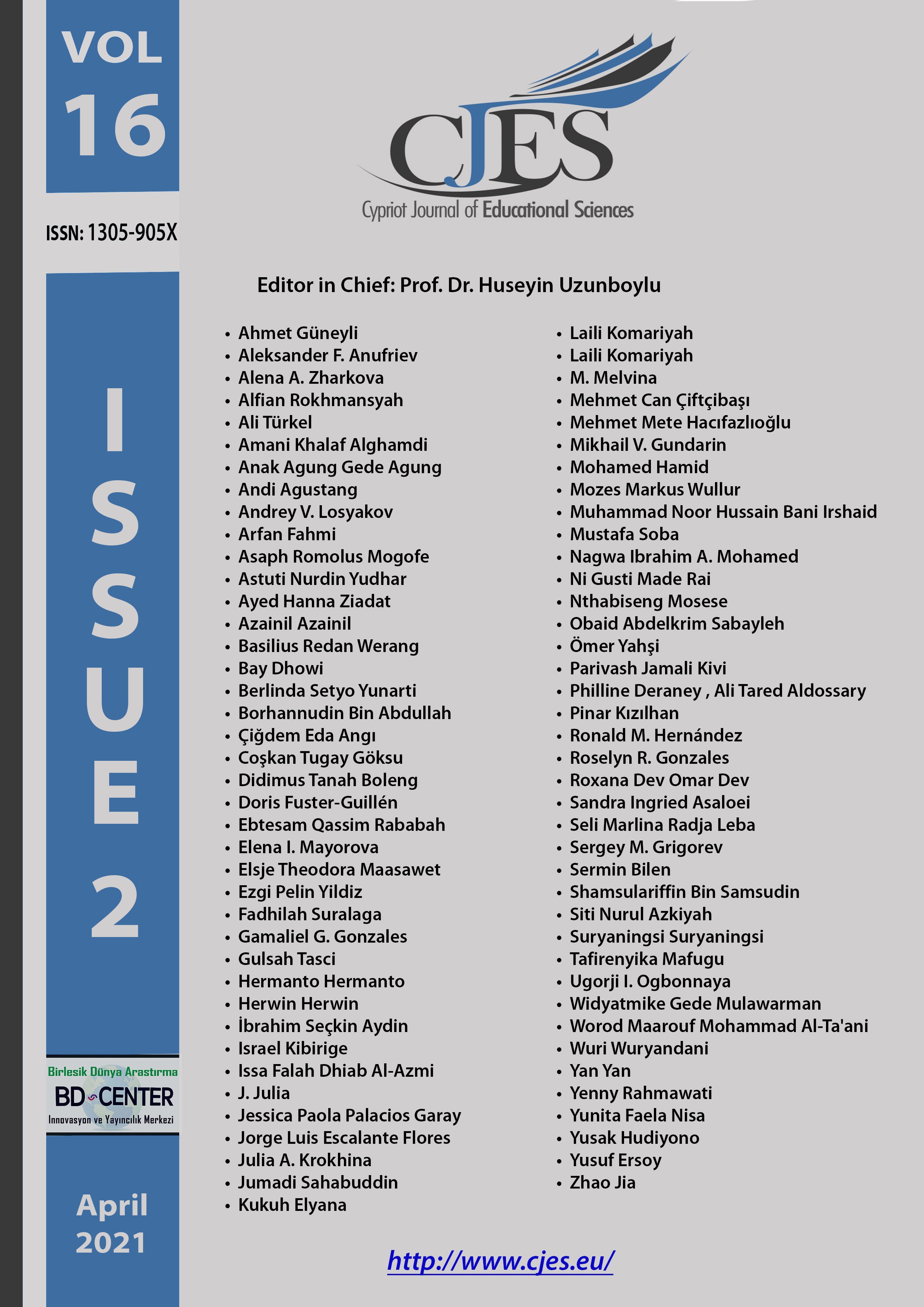Examining the relation between form information and movement in music education: The skeleton dance
Main Article Content
Abstract
Providing examples suitable for the children's world in the music education given to younger age groups may reinforce the knowledge to be taught. For this reason, cartoons can be utilized for an engaging and fun lesson environment. One of the best examples of this situation is believed to be the short cartoon series Silly Symphony produced by Walt Disney. The most important feature of the cartoon that makes it significant to be used in music education is that the music was composed before the images, i.e., the images were drawn in accordance with the technical and structural characteristics of the music. The aim of the research is to examine the musical characteristics of The Skeleton Dance, the first cartoon of the series, and the relationship between form structure and movement. This is a descriptive research. After the evaluations conducted, it was concluded that the use of cartoon in children's music education in terms of listening, analysis / grouping and application dimensions would be positive and beneficial.
Keywords: Music Education, Form Information, Cartoon, Silly Symphony, The Skeleton Dance, Movement.
Downloads
Article Details

This work is licensed under a Creative Commons Attribution 4.0 International License.
Cypriot Journal of Educational Sciences is an Open Access Journal. The copyright holder is the author/s. Licensee Birlesik Dunya Yenilik Arastirma ve Yayincilik Merkezi, North Nicosia, Cyprus. All articles can be downloaded free of charge. Articles published in the Journal are Open-Access articles distributed under a CC-BY license [Attribution 4.0 International (CC BY 4.0)].
Birlesik Dunya Yenilik Arastirma ve Yayincilik Merkezi (BD-Center)is a gold open-access publisher. At the point of publication, all articles from our portfolio of journals are immediately and permanently accessible online free of charge. BD-Center articles are published under the CC-BY license [Attribution 4.0 International (CC BY 4.0)], which permits unrestricted use, distribution, and reproduction in any medium, provided the original authors and the source are credited.

